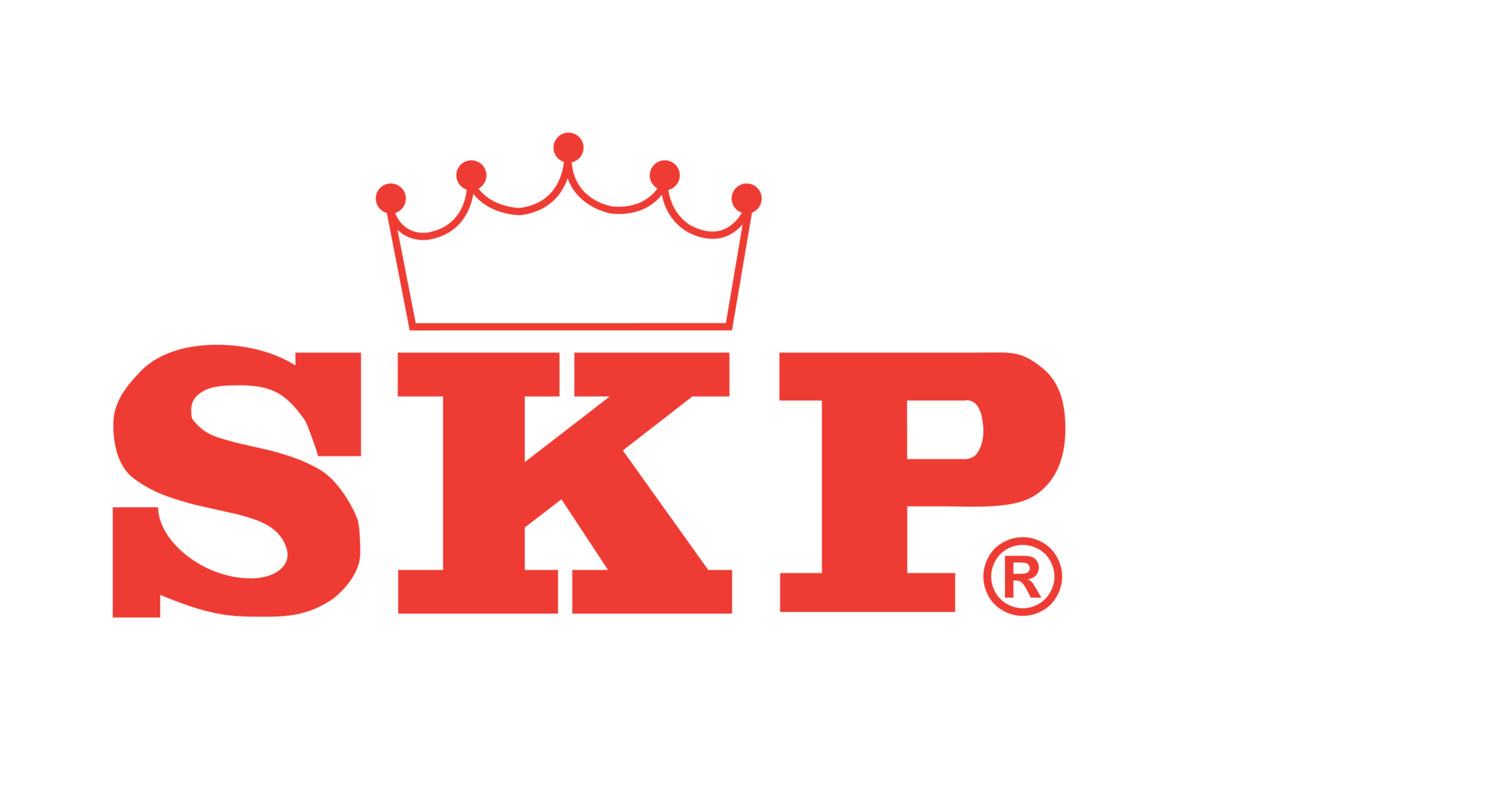The Evolution & History Of Sustainable Food Packaging
Imagine a time when eating was meant for survival, and there was no choice about the type of food or drinks you consumed. Everything available for consumption was either hunted or grown, and there was no need for food packaging.
As humanity evolved, so too did our consumer needs. From being a simple mode of transportation and storage during the early ages to sustainable food packaging that contributes to food freshness and quality, we have certainly come a long way since the early days of food packaging.
In this article, we will explore the evolution and history of food packaging leading to the development of sustainable options.
Searching for solutions: From prehistoric methods to cardboard
In the prehistoric era, early humans must consume what they could gather from their environment immediately. Their food packaging was crafted from natural materials, such as animal skins, leaves, shells, and gourd, to transport food from their gathering grounds back home.
As humanity evolved, so did our food packaging solutions, too. The ancient Egyptians discovered glass blowing, allowing them to mould glass containers for water and food storage. As chemicals and minerals were discovered, materials such as woodware, ceramics, and fabrics began to be incorporated into creating new food packaging solutions. The ancient Greeks created amphorae to transport olive oil.
The world’s first cardboard packaging was recorded to be invented by the ancient Chinese by mixing bamboo and paper and then drying them under the sun.
The Industrial Revolution: The introduction of cellophane, metal, and glass
The Industrial Revolution birthed the start of a flourishing trade era. With that comes the need for improved packaging. Large-scale production meant that society could gain access to the production of jars and bottles, and metal was a cardboard alternative as they were more resistant and cheaper. That same period saw the invention of cellophane, which revolutionised the packaging of fresh food.
The age of science and mass production: The impact of aluminium and plastic
The advancement in electrical engineering, mechanical engineering, physics, and chemistry paved the way for modern food packaging. During this era, many elements of modern food packaging were created - Initially used as inner linings of tall English hats, corrugated paper was also used to replace wooden boxes and crates. In addition, milk cartons with inner plastic linings were created as a means to store milk.
With the introduction of plastic and aluminium foil, they marked the turning point for food packaging. Food packaging became more than just a means for transporting and storing. It became a convenient and practical solution that individuals could benefit from. This era also highlighted the start of leveraging food packaging as a means of marketing and promoting brands.
Active modern era packaging: Shift in perspective
In recent years, food packaging has evolved exponentially to become a vital element that has aesthetics, usability, and design to promote brand value and enhance user experience. Additionally, as consumers become more environmentally aware, the need for sustainability becomes a critical element of quality food packaging.
Today, the food packaging industry is shifting to products that are not only aesthetically pleasing and functional but also sustainable, meaning that their products are either recyclable, biodegradable, or compostable.
The creation of 100% biodegradable utensils and food packaging, such as EcoVue created by SKP, is a revolutionised response to the rising challenge. Not only is their manufacturing process, which is powered using solar energy, environmentally friendly, but their created products are 100% biodegradable, breaking down into only organic elements, such as water, biomass, and natural gas.
Conclusion
From functionality to practicality, the evolution of food packaging has led to the reflection on the need to adopt sustainable packaging practices. With the F&B industry being the top few contributors to modern pollution, it has the responsibility to protect the environment, offering innovative solutions that not only function optimally but are also eco-friendly. Not only that, but individuals can take certain measures to make their office more sustainable, too!
Here at SKP, besides being one of Singapore’s leading food packaging companies, we are also committed to providing sustainable and eco-friendly solutions to secure a green future through EcoVue. Together, we can shape a future for the next generations. Contact us to get quality, sustainable packaging today!

